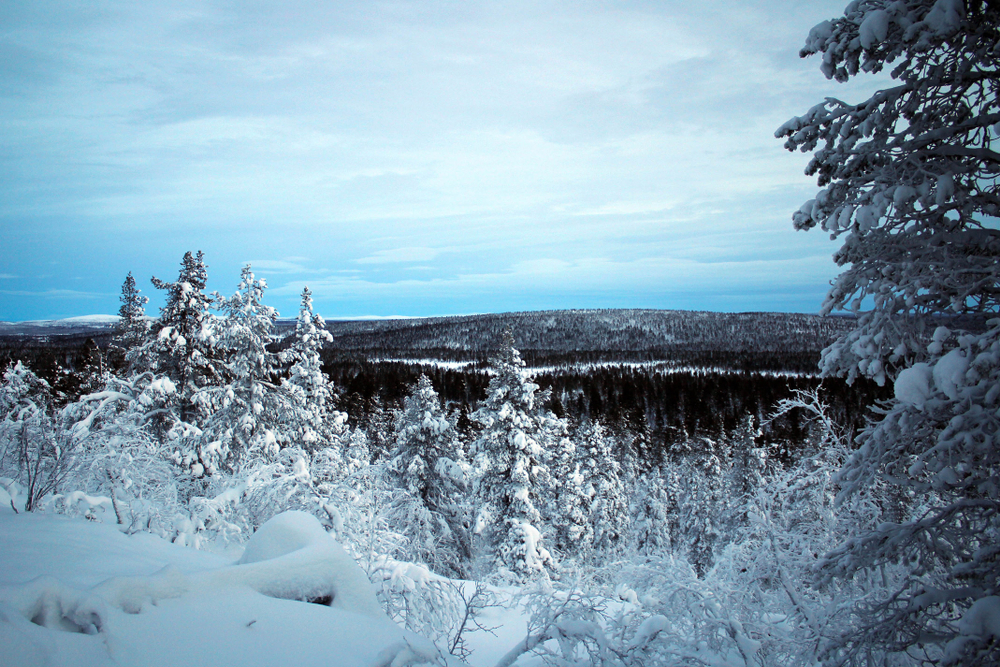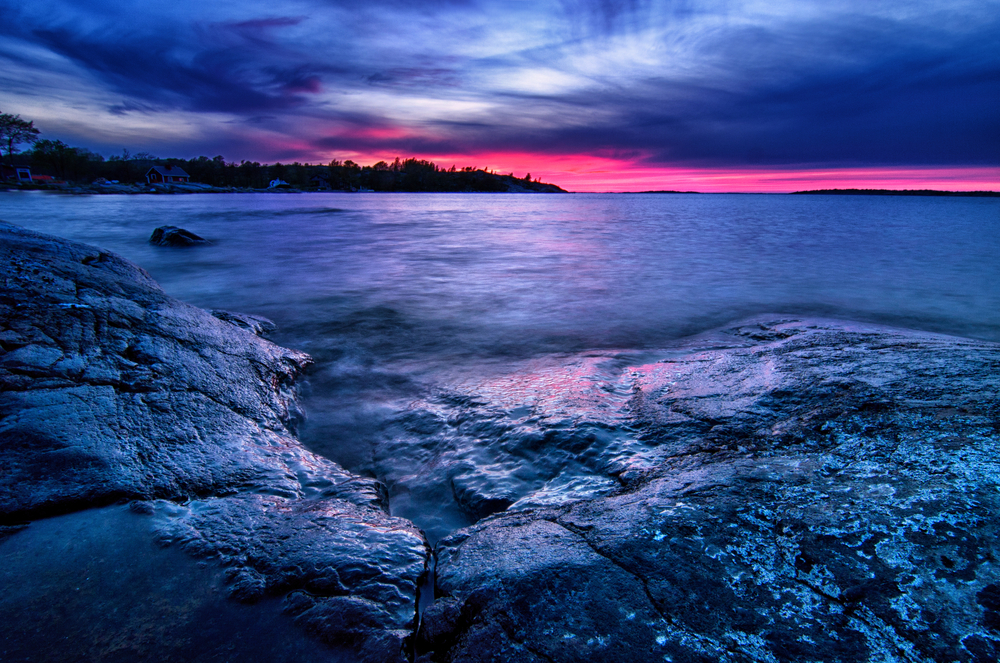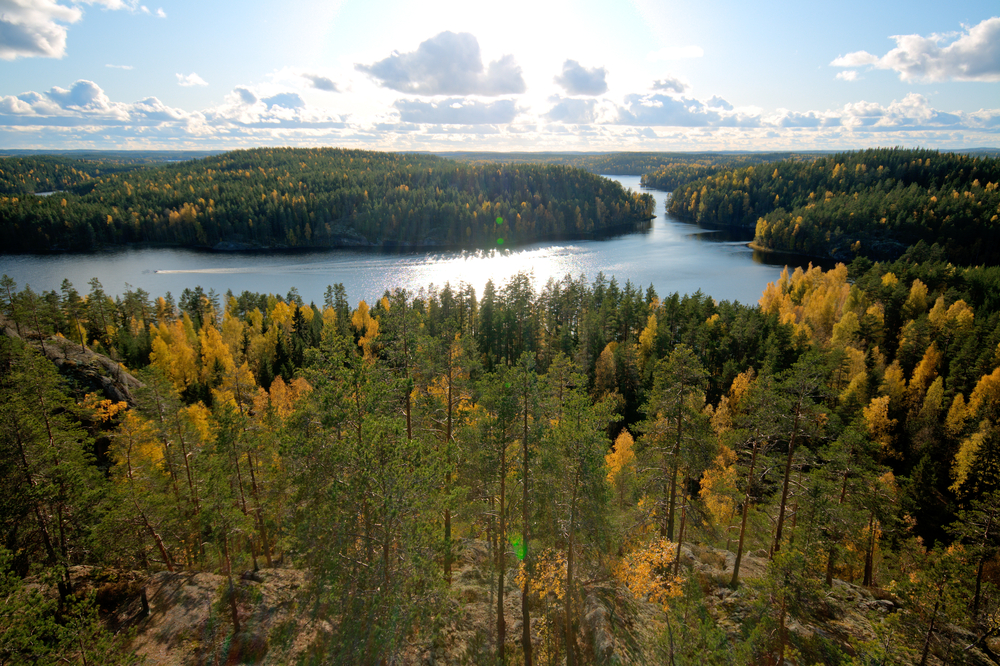Bothnian Bay Overview
Bothnian Bay National Park, or Perämeren kansallispuisto in Finnish, is located in the northern reaches of the Gulf of Bothnia, the northernmost arm of the Baltic Sea. Covering an area of 61 square miles (157 square kilometers), this Finnish national park is predominantly marine, consisting of a vast archipelago with over 30 islands and islets.
Established in 1991, it protects a unique coastal environment characterized by shallow waters, sandy beaches, rocky shores, and extensive ice cover during winter. The park lies off the coast of Kemi and Tornio, near the border with Sweden, offering a pristine and remote escape for nature lovers and adventurers alike.
The park’s landscape is shaped by the post-glacial rebound phenomenon, where the land is gradually rising from the sea at a rate of about 9 millimeters per year. As a result, new islands are continuously emerging, and the coastline is constantly shifting. The terrain includes low-lying sandy and rocky islands, some of which are covered with boreal forests and wetland vegetation.
In summer, wildflowers like sea thrift and crowberries add bursts of color to the otherwise rugged and sparse terrain. The shallow waters and extensive reefs create an environment rich in aquatic life and seabirds, while the harsh winter conditions turn the park into a vast frozen expanse, with thick ice covering the bay from November to May.
Bothnian Bay National Park is home to a variety of wildlife adapted to its extreme northern climate. The waters harbor the endangered Baltic ringed seal, one of the few seal species capable of living in the brackish waters of the Baltic Sea. The area also supports a population of gray seals, which can often be seen resting on the ice or rocky islets.
Birdwatchers will find the park particularly rewarding, as it is an important breeding and migration area for numerous bird species. Common sightings include Arctic terns, white-tailed eagles, common eiders, and black guillemots. The park is also home to numerous waterfowl and wading birds, particularly during the spring and autumn migrations, making it a crucial habitat for avian conservation.
One of the park’s most popular attractions is Selkä-Sarvi Island, which features historical fishing huts and offers a glimpse into the traditional way of life for Finnish fishermen. The island has a small harbor, a nature trail, and old wooden buildings that reflect the region’s maritime heritage.
Another notable site is Iso-Huituri, an island known for its bird colonies and shifting sandbanks. The park’s constantly evolving landscape, with its rising land masses and newly forming islands, makes it a fascinating place to witness nature’s slow transformation.
Visitors to Bothnian Bay National Park can engage in various activities, particularly during the summer months. Boating and kayaking are the best ways to explore the park, as there are no roads or bridges connecting the islands.
Many visitors come for birdwatching, photography, and fishing, while winter offers a completely different experience with ice fishing, skiing, and snowmobiling across the frozen bay. The park is also ideal for those seeking solitude, as the remote islands see relatively few visitors compared to Finland’s more accessible national parks.
Conservation efforts in the park focus on protecting the fragile marine ecosystem and the threatened Baltic ringed seal population. Climate change, pollution, and increasing human activity pose challenges to the park’s delicate balance.
However, Finland’s strict environmental protections and ongoing research initiatives help to preserve this unique Arctic coastal environment. Efforts to monitor and reduce the impact of fishing and tourism continue to play a crucial role in maintaining the health of the Bothnian Bay’s ecosystem.













































































